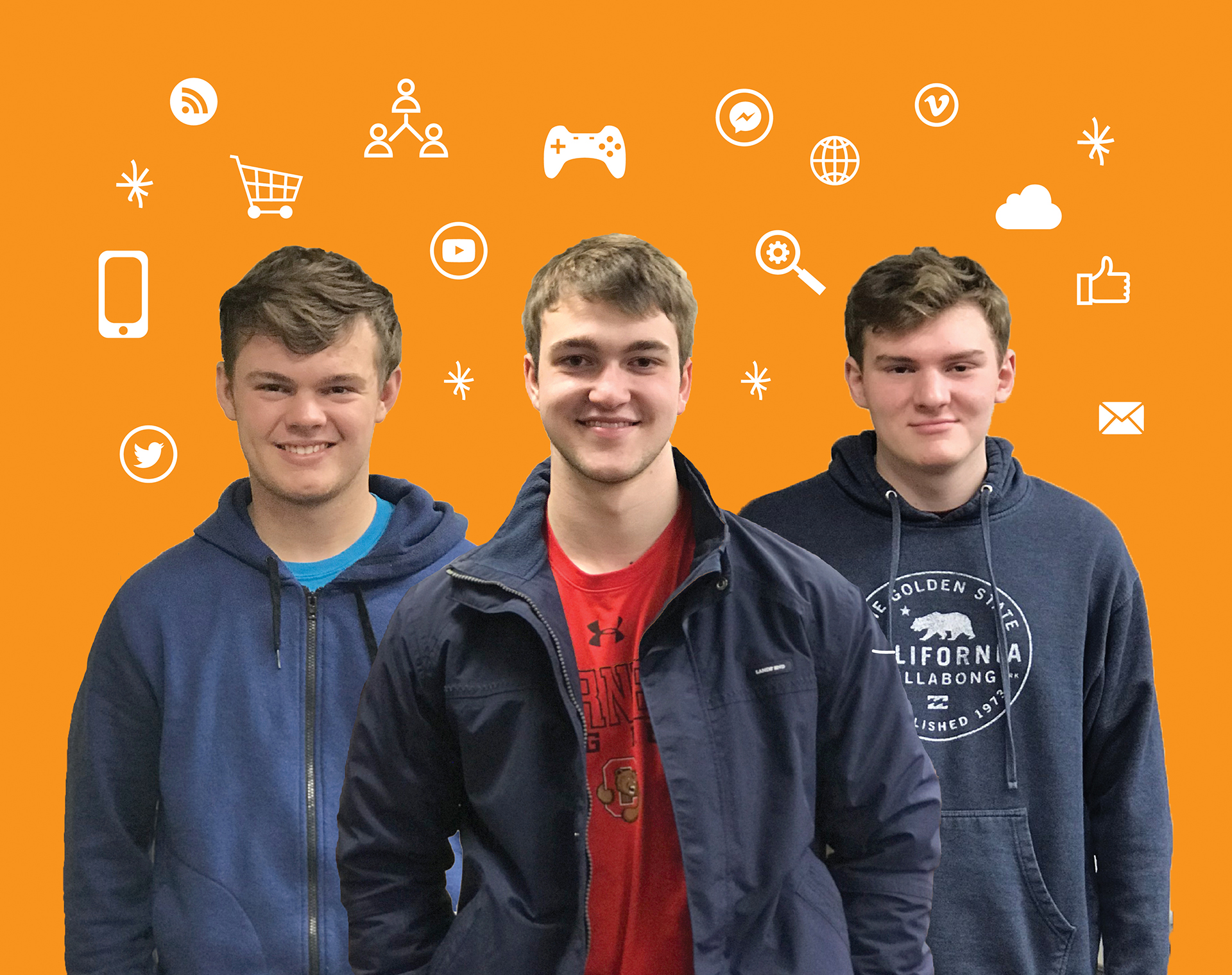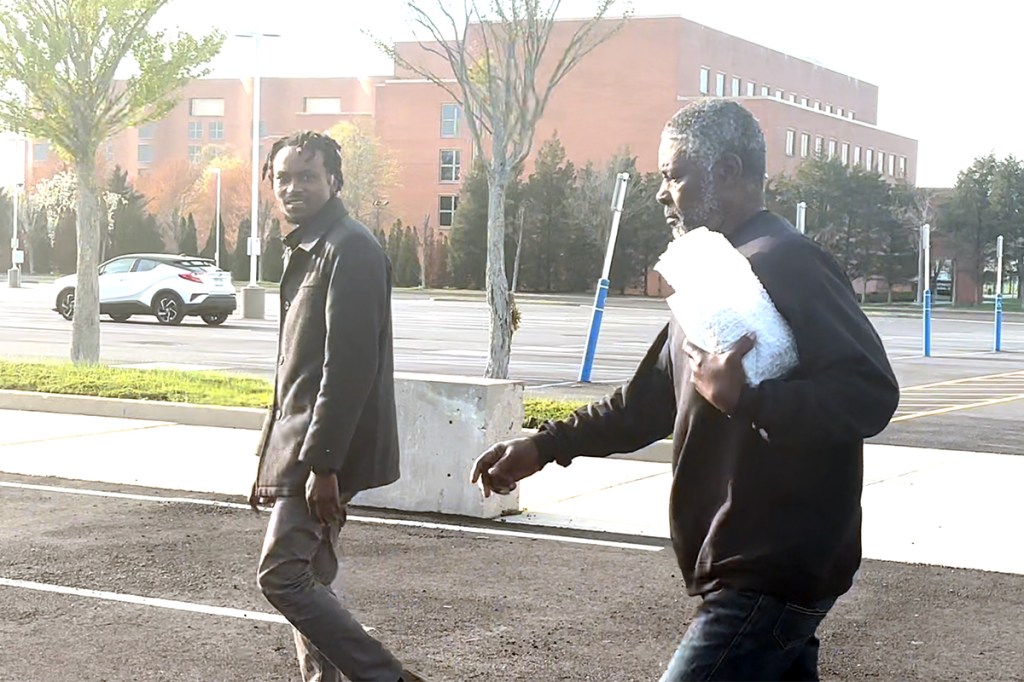Generation Z Teaches Tech ABCs

Everyone needs to know their way around technology to survive these days, and thanks to the East Hampton Library anyone can be a tech star.
Tech-savvy teens are networking with visitors of all ages to make that happen.
There is no charge for their help and you don’t even need an East Hampton Library card. Welcome to Teen Tech Time.
The program’s tech-savvy teens welcome visitors from 10 AM until noon every Saturday, and those confused by all the latest mobile devices, apps, and browsers will find themselves on a cloud — literally and figuratively.
Reference librarian Jill Sollazzo said, “The idea for the program began when I noticed what was becoming an overwhelming number of patrons coming to the reference desk with technology-related questions. Frequently, they were clutching cell phones, tablets, or other tech devices. Many had a confused and apologetic look on their faces. Their numbers were growing and often there were more requests for help than we could handle.”
“I’d heard of other libraries offering programs pairing teens, with their innate knowledge of technology, with the people needing technology guidance and education,” she added.
Teen Tech Time was launched in partnership with the local high school, creating a program in which students could earn community service credits by volunteering to work with tech-challenged library patrons.
These teens, members of Generation Z, are true digital natives: from their earliest years, they’ve been exposed to the internet, to social networks, and to mobile systems.
Three of the first to join the program at its start in 2017, Aiden Cooper, Reed Jones, and Matt DiSunno, are still part of it today. Soon they were joined by more than a dozen others.
Since the program’s inception, reference desk staff redirect the tech knowledge seekers to the Young Adult Wing, where teen volunteers are on call to answer questions about setting up and using email accounts and social media. They’ve demonstrated how to use iPhones, Androids and their mobile device cameras.
“Saturday afternoons, it wasn’t unusual to see people we had just tutored walking around the library, taking pictures and making movies with their cell phones, practicing what they’d learned,” said Cooper.
Although many libraries report helping people with jobs that required them to work with new technological skills, the majority of patrons who take advantage of the volunteers at the East Hampton Library are senior citizens.
Some come to learn how to download and use apps on their phones.
DiSunno described setting up one senior with a bridge app. “Once she got the hang of it, she was able to play remotely with friends that were no longer living nearby.”
“And yes,” said Sollazzo, “We do get requests to set up dating apps for seniors, requests which are quickly passed back to us librarians to handle.”
Young Adult librarian Lisa Michne observed that, “while many senior citizens are adopting new technology, most need help learning to use it. There’s a natural generational segregation and many seniors don’t have much contact with kids any more. They’re no longer living near their own kids or grandchildren. Falling behind on technology definitely contributes to putting them at risk for social isolation.”
To her point, Jones described a pattern that emerged shortly after the program began. “Many of the seniors begin by making self-deprecating jokes about their age, saying things like, ‘Maybe I’m too old to get this technology stuff.’ That made me aware of how important patience is and how much encouragement they needed. It taught me to be reassuring, so that these people that needed our help would return. When you’re new to technology, you often need to try something a few times before it actually sinks in.”
YA librarian Kyle Fichtner said, “I can’t tell you how often someone starts by saying, ‘I know this is a stupid question but . . .’ And I always tell them that here, there’s no such thing as a stupid question. I think that minimizes the intimidation factor. It convinces them that we take their questions very seriously.”
“The digital age — computers, the internet, the mobile revolution, online training programs, and the digitization of books — has been the source of many predictions of doom for public libraries,” remarked Sollazzo. “But it’s played out in just the opposite way. And Teen Tech Time is one example of why we’re more relevant and necessary to our patrons than ever.”
Citing a recent Gallup Poll, she said, “Visiting the library remains the most common cultural activity for Americans. People go to the library twice as frequently as they go to the movies and three times more frequently than sports, musical, or theatrical events.
For the volunteers, there’s much to learn too.
“We’re pretty much the first generation born when computers and mobile phones already existed. But we don’t know everything,” DiSunno said. “We’re learn new things so that we can be of help. And we learn real-world teamwork. It’s our job to solve problems. Recently, someone came in with questions about music-making apps. That wasn’t my area of knowledge. But I knew who in our group I could reach out to.”
“There’s enormous enthusiasm for the program. It seems everyone who comes here for help raves about their experience with the volunteers,” said Michne. “I’m always impressed with how seriously these kids take their mission to help and enable the people who show up on Saturdays.”
Michne added, “One of our patrons suggested we change the name of the program from Teen Tech Time to Teen Tech Titans. Maybe that’s not a bad idea.”
karen@karenfredericks.com



